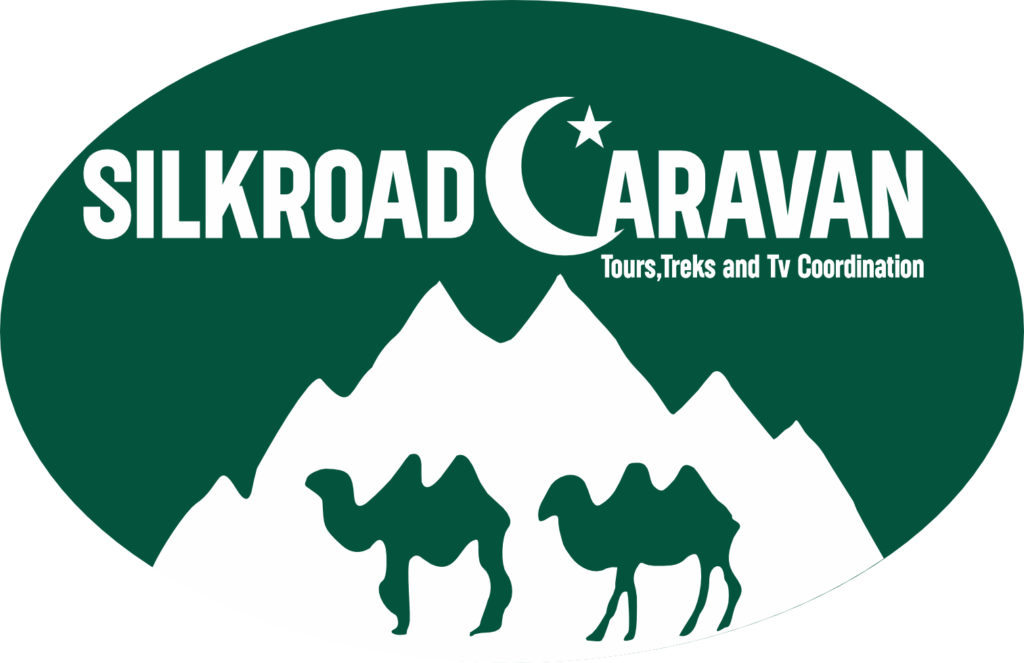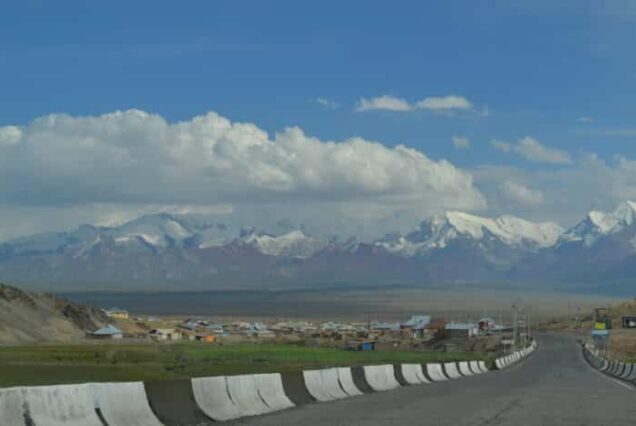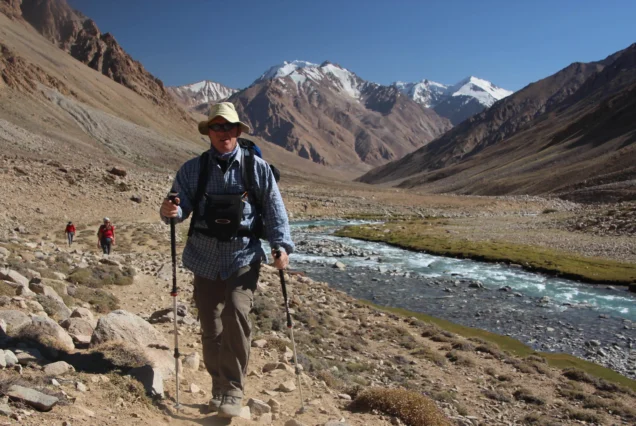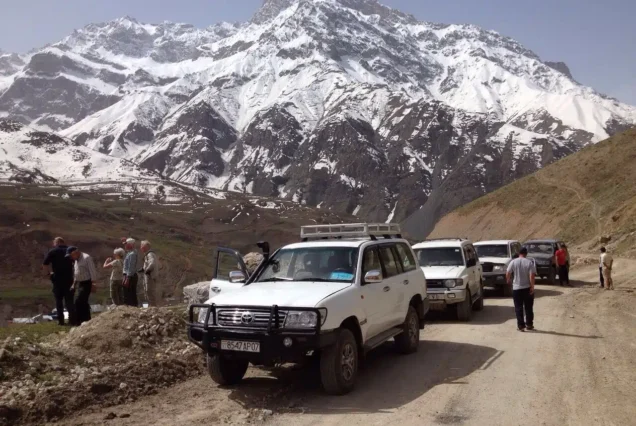
The photo safari happens in winter, it is also a good opportunity to view and make fantastic photographs of occasional Snow leopard.
During this photo safari, visitors will not only encounter a worldwide unique wildlife treasury; they will also experience exceptional travel conditions. The High Pamirs in winter means extreme conditions, frozen lakes and rivers and temperatures descending below -30 degree Celsius and breathtaking scenery…
Included/Excluded
- Accommodations in twin/double room (maybe shared in some locations in guest houses, homes, yurt stays. Often not private bathrooms, home stays’ facilities are very basic in Pamir: shared room for 2-3 people, you can take a bucket shower, toilets are not in suite and are typical Asian squat-style),
- (2 – Hotels, 7 – Home stays.)
- Meals as indicated, (8 – Breakfasts, 8 – Lunches, 8 – Dinners.)
- English speaking driver as a guide for whole tour
- Dead goats for attraction Snow leopards
- Transfers & transportation (suitable 4WD vehicle Land Cruiser or Nissan Patrol)
- Travel insurance
- Early check in USD35/pax
- Supplement for single rooms USD 92/pax
- Alcohol drinks
- Items of personal nature, camera/video fees,
- meals unless indicated in cost sheet
- Gratitude.
Tour Plan
Meeting at the airport and transfer to hotel. After lunch visit Sulaiman Mountain. Relaxing day.
Departure to Kara kul. This drive will see us enjoying some of the most dramatic scenery of the trip, with the lunar-like landscapes and bright blue lakes providing plenty of opportunities to take our breath away. Our Pamir Highway starts at high pass in the Taldyk (3554m), we cross Kyzyl Art Pass (4282 meters), which essentially forms the border between Tajikistan and Kyrgyzstan. Border formalities take place shortly after crossing the pass, with 20kms of ‘no man’s land’ to cross. Be warned, even in August we could see sub-zero temperatures through the border areas, so make sure you have some extra layers and warm clothes to hand in case we are delayed by formalities. We descend to Karakul Lake, the highest lake in Central Asia, and at 3915 meters, too high to support any aquatic life.
We will again cross a high-altitude pass Ak-Baital Pass (4655 meters) which is the highest section of road in the former Soviet Union. This is the Pamir Highway we have anticipated, with the route between Osh to Khorog completed in 1931 across a Tibetan-plateau style high altitude terrain. With a total of 135kms to cover today, we anticipate arriving in Murghab lunch time. Arrival Murghab, Murghab (3670 m) itself has few attractions, but it will serve as our base for a couple of nights as we explore the area a little. The 7546 m – high Chinese peak of Mustag Ata is visible to the northeast of town. The Eastern Pamirs have been populated by nomadic ethnic Kyrgyz since the 17th century.
To find Snow Leopard is very difficult, as they are crepuscular, being most active at dawn and dusk. They are known for being extremely secretive and well camouflaged. More over a home range up to five to 10 animals are found here per 100 km2 in the East Pamir. But we will try our best to detect this legendary endangered species. Four days Snow Leopard observations will take in Pyshart and Jangy davan valleys. To make our photo hunting easy we will use traditional local hunters practice. We will make the Snow leopard to rise to the bite. A big piece of meat will be fastening in a certain places to attract them. We can take pictures or films from hidden spot. If we are lucky, if Snow Leopard existing around comes to our “trap”.
Meals: 4 Breakfasts, 4 Lunches, 4 Dinners
The Snow leopard (Panthera uncia syn. Uncia uncia) is a large cat native to the mountain ranges of Central and South Asia. It is listed as endangered on the IUCN Red List of Threatened Species because as of 2003, the size of the global population was estimated at 4,080-6,590 adults, of which fewer than 2,500 individuals may reproduce in the wild.
Snow leopards are slightly smaller than the other big cats but, like them, exhibit a range of sizes, generally weighing between 27 and 55 kg (60 and 121 lb), with an occasional large male reaching 75 kg (165 lb) and small female of under 25 kg (55 lb). They have a relatively short body, measuring in length from the head to the base of the tail 75 to 130 cm (30 to 50 in). However, the tail is quite long, at 80 to 100 cm (31 to 39 in), with only the domestic-cat-sized marbled cat being relatively longer-tailed They are stocky and short-legged big cats, standing about 60 cm (24 in) at the shoulder. Snow leopards have long, thick fur, and their base color varies from smoky gray to yellowish tan, with whitish underparts. They have dark grey to black open rosettes on their bodies, with small spots of the same color on their heads and larger spots on their legs and tails. Unusually among cats, their eyes are pale green or grey in color. Snow leopards show several adaptations for living in a cold, mountainous environment. Their bodies are stocky, their fur is thick, and their ears are small and rounded, all of which help to minimize heat loss. Their paws are wide, which distributes their weight better for walking on snow, and have fur on their undersides to increase their grip on steep and unstable surfaces; it also helps to minimize heat loss. Snow leopards’ tails are long and flexible, helping them to maintain their balance, which is very important in the rocky terrain they inhabit. Their tails are also very thick due to storage of fat and are very thickly covered with fur which allows them to be used like a blanket to protect their faces when asleep. Snow leopards prefer rocky, broken terrain, and can travel without difficulty in snow up to 85 cm (33 in) deep, although they prefer to use existing trails made by other animals
Transfer to Osh. Arrive late evening, Overnight in Hotel Sun Rise.
Meals: Breakfast, Lunch, Dinner.
Transfer to airport and departure.
Tour Map
Enquiry Form
Quick Links
- © 2025 Silk Road Caravan All Rights Reserved.















Reviews
There are no reviews yet.